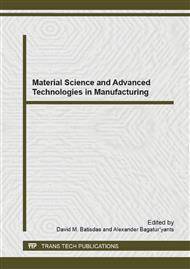p.797
p.802
p.808
p.815
p.821
p.826
p.831
p.835
p.840
Numerical Simulation of Heat Transfer from Hot Dry Rock to Water Flowing through a Circulation Fracture
Abstract:
This paper presents an advanced computational modeling of natural fracture networks in hot dry rock (HDR) reservoirs. A mathematical model is developed for describing the heat energy extracted from a HDR in a multi-well system. The model stochastically simulates discrete properties of natural fractures, utilizing multi-set orientation and fractal mathematics. The simulated fracture networks are essential for further stimulation and fluid flow studies. The results show that the heat extraction effectiveness is affected significantly by the well spacing, well radius, reservoir thickness, and pumped flow rate in a multi-well system. The water temperature decreases with increasing pumping rate and increases with the well spacing, well radius, and reservoir thickness. This paper also examines the detrimental effects of the simulated natural fracture network on the stimulated fluid flow capacity. The effective permeability enhancement (due to hydraulic stimulation) is found almost proportional to the density of the reservoir natural fractures.
Info:
Periodical:
Pages:
831-834
Citation:
Online since:
January 2014
Price:
Сopyright:
© 2014 Trans Tech Publications Ltd. All Rights Reserved
Share:
Citation:


